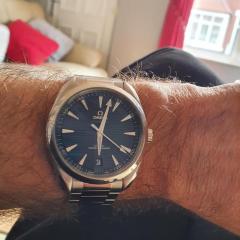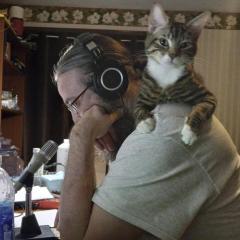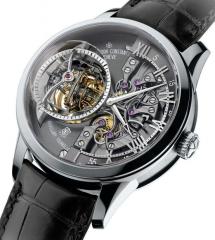Part 3 of the never ending saga
-
Recently Browsing
- No registered users viewing this page.
-
Topics
-
Posts
-
For me a fake bezel looks like a bezel but is part of the case. I understand what you mean though.
-
I know he had indicated that he would like to retire. But it's always sad when people just disappear off the message board and we don't know why. then I was looking at his profile I wonder if that really is his birth date? In this day and age is always concerning if your birth date is out there along with any other personal information. Then I went to his profile for this Devon England. It seems like the moderators and other people in the UK could get together from time to time. or perhaps the moderators should have communications beyond this message board like maybe a phone number or a physical address jesting case things break down you could reach out the somebody. that would mean that if the moderator is concerned about another moderator you can at least investigate as to they just disappeared or never seen again.
-
By RichardHarris123 · Posted
Hello and welcome from Leeds, England. -
Hi Jersey Mo! I gotta ask, is this guide genuinely valid and useful? Someone in Watchuseek sent me this link https://www.vintagetimexwatches.com/servicing/#basic
-






Recommended Posts
Join the conversation
You can post now and register later. If you have an account, sign in now to post with your account.
Note: Your post will require moderator approval before it will be visible.